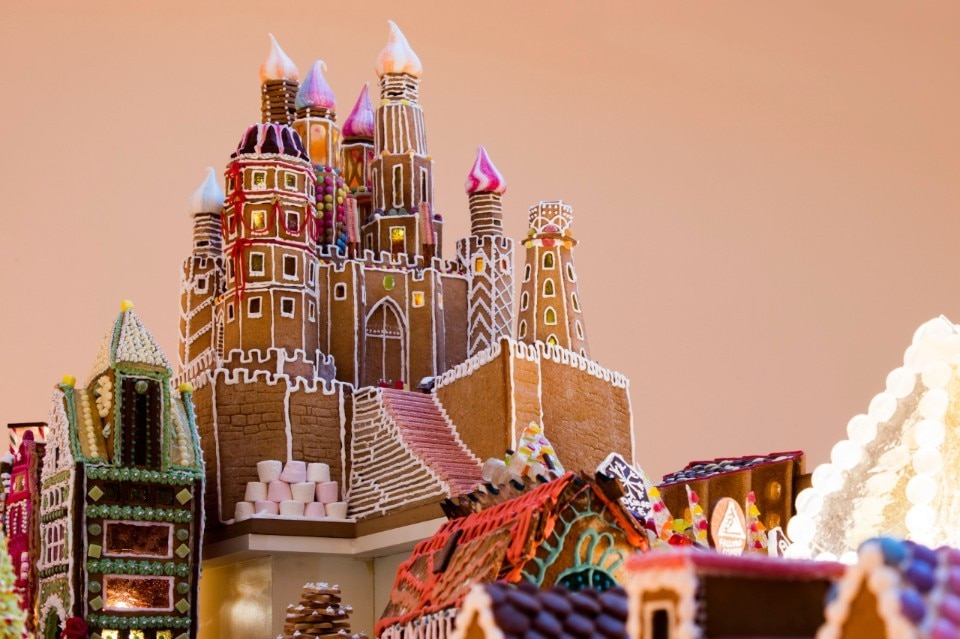In Northern European countries, gingerbread is much more than just a dough for Christmas cookies and sweets: it is a recurring theme in many folk tales, an emblem of rituality, or, as the Italian band Elio e le Storie Tese would say, the true essence of Christmas. This spiced shortcrust is considered a symbol, perhaps the most fitting element to understand the Christmas traditions of many nations worldwide, which has not only inspired unsettling coming-of-age stories like Hansel and Gretel and The Gingerbread Man but also taken on eccentric forms.
Although the historical origins of this fragrant dough span from England to Scandinavia and are rooted in cultural, religious, and celebratory practices dating back to the Middle Ages, the custom of creating elaborate gingerbread houses became firmly established in Germany from the 19th century. As early as the 15th century, a dedicated guild emerged in Germany to elevate gingerbread-making into one of Europe’s most significant folk arts.
Legend has it that the tradition of Christmas gingerbread houses gained popularity thanks to the famous Grimm brother’s fairy tale, from which the treat inherited its characteristic appearance. Today, however, this fairy-tale and culinary imagery has evolved into practices that take on a wide variety of forms, finding contemporary and culturally intriguing interpretations.
In Scandinavian countries, as well as in England and North America, the ancient ritual of gingerbread house-making is the focus of competitions, contests, and temporary exhibitions where even renowned architects and designers take part. One such event is The Gingerbread City, curated by the Museum of Architecture in London, which for years has invited established designers — including Zaha Hadid Architects, Foster + Partners, AHMM and others — to build an entire futuristic city using only gingerbread and sweets. The goal is to explore and promote architectural and urban planning discourses in an unconventional way. This year's edition, hosted at The Gaumont in Chelsea, tackles the theme of "The Recycled City", envisioning how existing buildings and spaces can be transformed into something new, radical, and exciting.
Similarly, ArkDes, the Swedish Centre for Architecture and Design in Stockholm, has organized a “Gingerbread House” competition for over 30 years. This event is a showcase for creative projects, where participants of all ages reinterpret the traditional gingerbread house design based on a predetermined theme. One of the aims is to address challenges of construction, durability (lasting 38 days!), and functionality creatively, like architects would do in real life. Participants are divided into three categories—designers and bakers, children under 12, and amateurs—while a jury of chefs and architects selects winners based on design, craftsmanship, edibility, and adherence to the exhibition theme.
Whether it’s entire cities or futuristic cookie skylines, gingerbread has effectively become a true expressive medium that bridges architecture and gastronomy, fostering a vision of sharing and renewal with increasingly virtuosic features.
Opening image: Photo Luke Hayes


